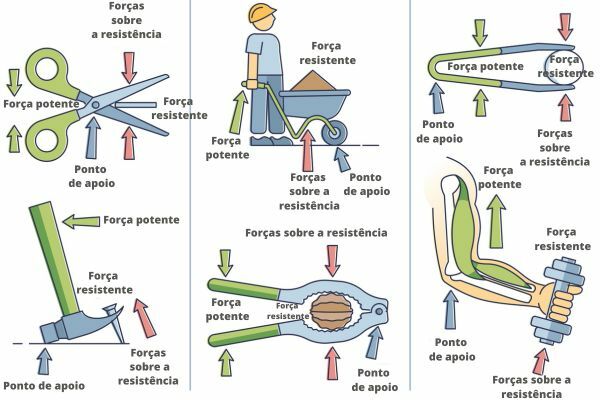Numeral it is the word that attributes quantity to beings or objects, denoting to them a definite value. It can also have a classifying function, attributing the notion of sequence. The numeral is among the ten grammatical classes of the Portuguese language and can present, from the syntactic analysis of a sentence or clause, the function of adjunct adjunct.
The numerals themselves are the cardinals, which in writing are represented by Arabic or Roman numerals. We can subdivide numerals into four classifications: cardinal, ordinal, multiplicative, and fractional. Note the definitions:
Cardinal numerals — Indicate the exact number of beings:
Only ten of the thirty eighth grade students attended the school's cultural exhibition.
Note that two cardinal numerals were used in the construction of the sentence, ten and thirty. In this sentence, the numerals were used with the intention of quantify.
Ordinal numerals — They indicate the notion of sequence or position that something or someone occupies:
Eighth grade students occupied second place in the competition held by the school.
There are two ordinal numerals present in the prayer that indicate the idea of placement, they are eighth and second.
Multiplicative numerals: express the multiplicity of beings or the multiplication of a quantity:
The seventh graders collected triple the amount of food from the eighth grade for the school competition.
We observe in the sentence the presence of the multiplicative numeral triple to indicate the notion of multiplication. It is important to note that, effectively, especially in the written modality, only the numerals double and triple are used. We hardly use the terms quadruple, quintuple and so on, as these numerals are usually replaced by expressions four times five times etc.
Fractional numerals: Fractional numerals indicate the fraction of a number of beings or objects. The most commonly used are: middle, third, fourth, fifth, sixth, seventh, eighth, ninth, tenth, twentieth, hundredth, thousandth, millionth when employed as equivalents of half, third, fourth, etc.
Only a third of the thirty eighth grade students attended the school's cultural exhibition.
Note that in the prayer given as an example the word third indicates the fraction of students, related to a whole, who attended the school event.
By Luana Castro
Graduated in Letters
Source: Brazil School - https://brasilescola.uol.com.br/o-que-e/portugues/o-que-e-numeral.htm



